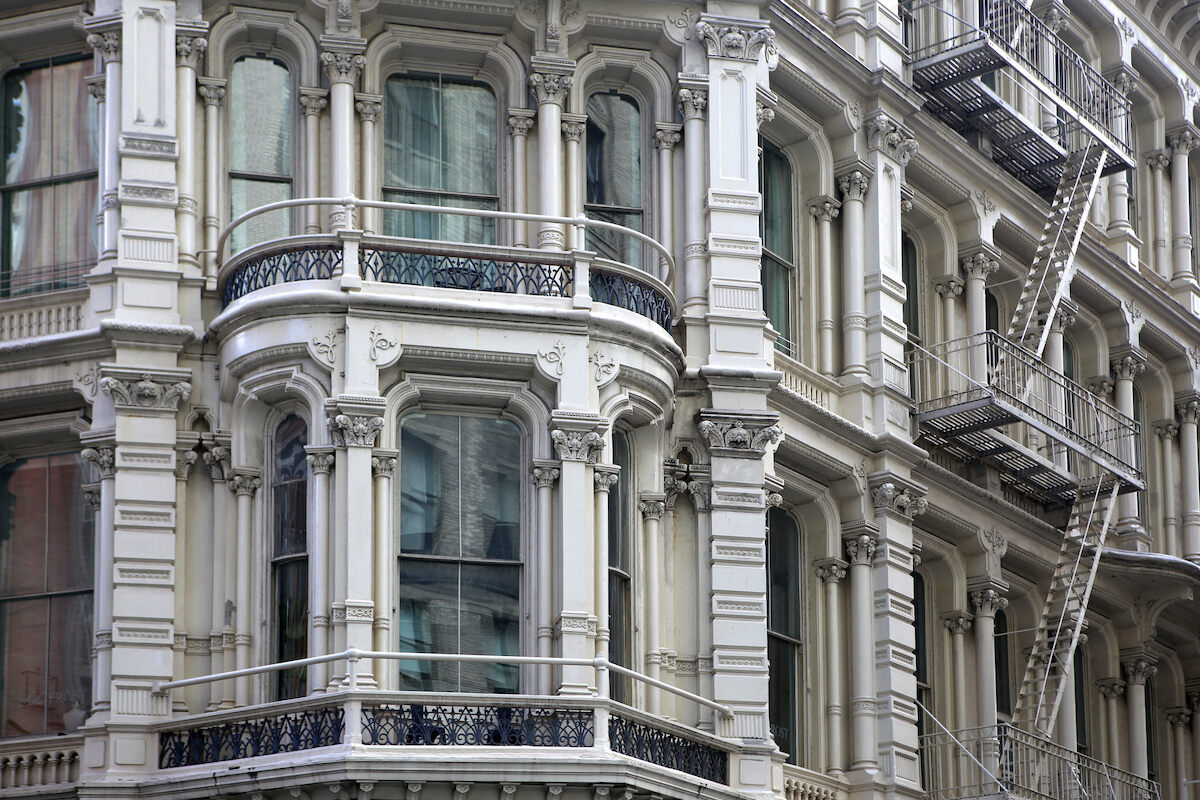

Articles
What Is A Juliet Balcony
Modified: October 20, 2024
Discover what a Juliet balcony is and how it can enhance your home's architectural charm and outdoor views. Read our informative articles on Juliet balconies.
(Many of the links in this article redirect to a specific reviewed product. Your purchase of these products through affiliate links helps to generate commission for Storables.com, at no extra cost. Learn more)
Introduction
Are you dreaming of adding a touch of elegance and charm to your home? Look no further than a Juliet balcony. Named after the famous balcony scene in Shakespeare’s Romeo and Juliet, a Juliet balcony is a stunning architectural feature that not only enhances the aesthetic appeal of a building but also provides practical benefits.
In this article, we will explore the definition of a Juliet balcony, delve into its history, discuss the design and construction aspects, and highlight the benefits and considerations of installing one. We will also explore the various designs and materials used for Juliet balconies, as well as provide maintenance and safety tips to ensure your balcony remains in top-notch condition.
So, whether you’re a homeowner considering adding this exquisite feature to your property or simply curious about the allure of Juliet balconies, read on to discover everything you need to know about these beautiful architectural elements.
Key Takeaways:
- Juliet balconies, inspired by Renaissance Italy and popularized in European architecture, offer an elegant and space-efficient way to enhance a building’s aesthetic appeal and provide practical benefits such as increased natural light and ventilation.
- When considering a Juliet balcony, it’s important to factor in structural feasibility, building permits, aesthetic compatibility, and maintenance requirements. Careful planning and adherence to safety measures ensure a successful and satisfying balcony installation experience.
Read more: What Is Balcony
Definition of a Juliet Balcony
A Juliet balcony is a small, decorative balcony or railing that is typically located on the upper levels of a building. Unlike traditional balconies, a Juliet balcony does not protrude from the facade of a building, but instead, it is an extension or continuation of the existing structure. It is often added to provide an architectural feature and to give the illusion of a full-size balcony.
Juliet balconies are typically narrow, spanning the width of a doorway or window, and are mostly found in residential buildings, particularly in urban areas where space is limited. They are primarily designed for aesthetic purposes, allowing homeowners to enjoy the beauty of the outdoors and bring more natural light inside, without the need for a full-scale balcony.
One of the distinguishing features of a Juliet balcony is its railings. They are typically made of wrought iron, steel, or other materials that are sturdy and visually appealing. The railings may be intricately designed with decorative patterns, scrolls, or motifs, adding an element of elegance and sophistication to the overall appearance of the balcony.
Although Juliet balconies are often associated with romanticism, it is important to note that their functionality is limited compared to traditional balconies. They serve as a safety barrier and are not intended for outdoor seating or entertainment. Instead, they provide an open-air feel and allow for ventilation while maintaining the architectural integrity of the building.
History of Juliet Balconies
The origins of the Juliet balcony can be traced back to Renaissance Italy. The term “Juliet balcony” is derived from Shakespeare’s famous play, Romeo and Juliet, in which Juliet famously stands on her balcony to exchange professions of love with Romeo.
During the 17th and 18th centuries, Juliet balconies became popular features in Italian and French architecture. They were added to upper-level windows and doors, allowing residents to enjoy the fresh air and beautiful views without the need for a larger outdoor space.
Juliet balconies were especially prevalent in the Mediterranean region, where the climate allowed for year-round outdoor living. The balconies were often adorned with ornate ironwork and decorations, showcasing the craftsmanship of the artisans of the time.
As architectural styles evolved, the popularity of Juliet balconies spread across Europe and even to other continents. They became a common architectural feature in cities such as Paris, Prague, and Vienna, adding a touch of elegance to the facades of residential and commercial buildings.
In recent years, the popularity of Juliet balconies has seen a resurgence, not only in Europe but also in other parts of the world. Their versatility and aesthetic appeal have made them a sought-after addition to modern homes and buildings.
Today, Juliet balconies can be found in a variety of architectural styles, from classic European designs to contemporary interpretations. They have become an iconic element of romantic and picturesque settings, evoking feelings of elegance and romance.
It is worth mentioning that while the name “Juliet balcony” is most commonly associated with the architectural feature we have described, there are other types of balconies that are also referred to by this name. These include larger balconies that extend from buildings and function as outdoor living spaces. However, in this article, we will focus specifically on the smaller, decorative balconies that resemble those depicted in Shakespeare’s play.
Design and Construction of Juliet Balconies
The design and construction of Juliet balconies can vary depending on the architectural style and preferences of the homeowner or building designer. However, there are certain key aspects that are common to most Juliet balconies.
Firstly, the size and dimensions of a Juliet balcony are typically determined by the width and height of the opening it is attached to. It is important to ensure that the balcony fits seamlessly within the existing structure and complements the overall design of the building.
The railings of a Juliet balcony play a significant role in its design. They are often made of wrought iron, stainless steel, or other sturdy materials that are resistant to weathering. The railings can be designed in various patterns, from simple and minimalist to intricate and decorative, adding a touch of elegance to the balcony’s appearance.
Another important consideration in the design and construction of Juliet balconies is the method of attachment to the building. The balcony must be securely fixed to the structure to ensure stability and safety. The attachment points can be concealed or exposed, depending on the desired aesthetic effect.
The flooring of a Juliet balcony can be made of various materials, such as stone, concrete, or wood. The choice of flooring material should take durability, aesthetics, and maintenance requirements into account.
In terms of construction, Juliet balconies can be prefabricated off-site or built on-site. Prefabrication allows for precise customization and efficient installation. On the other hand, on-site construction offers more flexibility in terms of design and may be preferred for unique or complex architectural projects.
When constructing a Juliet balcony, it is crucial to ensure compliance with local building codes and regulations regarding safety, load-bearing capacity, and accessibility. Hiring a professional contractor or architect experienced in balcony construction is highly recommended to ensure a structurally sound and code-compliant installation.
Overall, the design and construction of a Juliet balcony require careful consideration of factors such as aesthetics, functionality, safety, and compliance. With attention to detail and a well-executed design, a Juliet balcony can transform the appearance of a building and provide a delightful addition to any home or commercial property.
Benefits of Having a Juliet Balcony
Installing a Juliet balcony comes with a multitude of benefits, both aesthetic and practical. Here are some of the key advantages of having a Juliet balcony:
- Enhanced Aesthetic Appeal: A Juliet balcony adds a touch of elegance and architectural interest to the exterior of a building. Its decorative railings and charming design can greatly enhance the overall curb appeal and visual allure of a property.
- Increased Natural Light and Ventilation: By opening the doors or windows attached to the Juliet balcony, homeowners can allow an influx of natural light and fresh air into their living spaces. This can create a brighter and more airy atmosphere, promoting a sense of well-being and comfort.
- Space Optimization: Juliet balconies are an excellent solution for maximizing usable space, especially in urban areas where outdoor space may be limited or non-existent. They can provide a small outdoor retreat without the need for a full-scale balcony, allowing residents to enjoy the outdoors even in confined living quarters.
- Improved Views: If your property is situated in a picturesque location, a Juliet balcony can offer breathtaking views of the surrounding scenery. Whether it’s a view of a city skyline, a lush garden, or a scenic landscape, the balcony becomes a vantage point to appreciate the beauty of the surroundings.
- Increased Property Value: The addition of a Juliet balcony can significantly enhance the value of a property. Potential buyers are often drawn to the charm, elegance, and unique features that come with a Juliet balcony, making it a desirable asset in the real estate market.
- Safety and Security: While not intended for outdoor seating or gatherings, Juliet balconies do provide an added layer of security and safety. They serve as a barrier, preventing accidental falls or access from unauthorized individuals through open doors or windows.
These benefits make Juliet balconies a popular choice among homeowners and property developers looking to enhance both the aesthetics and functionality of a building. From creating a vibrant and inviting living space to enjoying beautiful views and increasing property value, a Juliet balcony can be a valuable addition to any home.
A Juliet balcony is a small, shallow balcony that is typically attached to the upper floor of a building and has no access from the inside. It is purely decorative and provides a charming architectural feature to the exterior of a building.
Read more: What To Do With Balcony
Considerations for Installing a Juliet Balcony
While the idea of adding a Juliet balcony to your home may be enticing, there are several important considerations to keep in mind before proceeding with the installation. Here are some factors to consider:
- Structural Feasibility: Before installing a Juliet balcony, it is essential to assess the structural integrity of your building. Consult with a structural engineer or a professional contractor to ensure that the existing structure can safely support the additional weight and stress of the balcony.
- Building Permits and Regulations: Check with your local building department to determine whether obtaining permits is necessary for the installation of a Juliet balcony. Additionally, familiarize yourself with any regulations or restrictions specific to your area that may impact the design or installation process.
- Aesthetic Compatibility: Consider the architectural style and design of your home when choosing the type and design of your Juliet balcony. It should harmonize with the overall aesthetic of the building to ensure a cohesive and visually pleasing result.
- Privacy: Think about how exposed your Juliet balcony will be to neighboring properties. Depending on your privacy preferences, you may choose to install privacy screens, drapery, or landscaping to enclose or shield the balcony area.
- Maintenance Requirements: Different materials used for Juliet balconies may have varying maintenance needs. Consider the upkeep and maintenance requirements associated with the chosen materials, such as cleaning, painting, or corrosion prevention, to ensure the longevity and appearance of the balcony.
- Budget considerations: Evaluate the financial aspects of installing a Juliet balcony. Take into account the costs of materials, labor, permits, and any additional modifications required to accommodate the balcony. Setting a budget and obtaining multiple quotes from contractors can help you make an informed decision.
- Installation Process: Determine whether the installation can be done as a standalone project or if it requires other renovations or modifications to the building. Factor in the time, effort, and disruption that may be involved during the installation process.
- Functionality: Clarify your intended use and purpose for the Juliet balcony. Will it primarily be decorative or do you plan to use it as a small outdoor space? This will influence the design, size, and features you choose for the balcony.
Considering these factors and carefully planning the installation of a Juliet balcony will help ensure a successful and satisfactory outcome. Remember to consult with professionals, such as architects and contractors, who can provide expert guidance and assistance throughout the process.
Juliet Balcony Designs and Styles
Juliet balconies come in a variety of designs and styles, allowing homeowners to find the perfect option to suit their aesthetic preferences and architectural style. Here are some popular Juliet balcony designs to consider:
- Traditional Wrought Iron: The traditional wrought iron design is perhaps the most iconic style associated with Juliet balconies. It features intricate scrollwork, ornamental details, and a timeless appeal. This design is versatile and complements a wide range of architectural styles, from classic to modern.
- Modern and Minimalist: For a sleek and contemporary look, consider a minimalist design. This style often utilizes stainless steel or glass materials, creating a clean and sophisticated appearance. The emphasis is on simplicity and functionality, allowing the balcony to blend seamlessly with modern architectural designs.
- French-inspired: Inspired by the elegant balconies seen in French architecture, this style features curved or arched balusters, decorative elements, and a touch of romance. It adds a touch of old-world charm to any building and pairs well with French or European architectural styles.
- Glass Juliet Balcony: A glass Juliet balcony offers a modern and transparent look, providing unobstructed views and maximum natural light. The glass panels can be frameless or framed with materials like stainless steel or aluminum, allowing for a sleek and contemporary appearance.
- Curved or Arched Balcony: Curved or arched Juliet balconies add a unique and eye-catching architectural feature to the facade of a building. They offer a graceful and elegant appeal, especially when combined with intricate ironwork or other decorative details.
- Custom Designs: Many homeowners opt for custom-designed Juliet balconies to ensure a unique and personalized look. Custom-made balconies allow for creative freedom and the ability to tailor the design to suit specific preferences, architectural styles, and building requirements.
When choosing a Juliet balcony design, consider the architectural style and character of your property, as well as your personal taste. It is also essential to ensure that the selected design complies with local building codes and regulations.
Remember, a Juliet balcony is not only a practical addition but also an opportunity to enhance the overall aesthetics and charm of your home. Take the time to explore different designs, consult with professionals, and consider the architectural context to find the perfect Juliet balcony style for your property.
Materials Used for Juliet Balconies
Juliet balconies can be constructed using a variety of materials, each offering its own unique characteristics in terms of aesthetics, durability, and maintenance requirements. Here are some commonly used materials for Juliet balconies:
- Wrought Iron: Wrought iron is a classic and popular material choice for Juliet balconies. It is known for its strength, durability, and ornate appearance. Wrought iron can be shaped into intricate designs, allowing for beautiful and decorative balusters and railings. However, it may require regular maintenance, such as periodic painting or anti-corrosion treatments to prevent rusting.
- Steel: Steel is another sturdy and durable material commonly used for Juliet balconies. It offers versatility in design, as it can be fabricated into various shapes and patterns. Steel balconies can be left with a raw industrial look or finished with powder coating or other protective coatings to enhance aesthetics and prevent corrosion.
- Glass: Glass Juliet balconies provide a modern and sleek look, allowing for unobstructed views and maximum natural light. Tempered or laminated glass panels are used, ensuring safety and strength. Glass balconies can be frameless for a minimalist appearance or framed with materials like stainless steel or aluminum.
- Wood: Wood adds warmth and a natural aesthetic to Juliet balconies. It can be used for the balusters, railing, and flooring. Hardwoods like teak, mahogany, or cedar are commonly used due to their durability and resistance to rot and decay. However, wood requires regular maintenance, such as staining, sealing, and protection from moisture, to prevent warping and deterioration.
- Composite Materials: Composite materials, such as fiberglass or PVC, offer a low-maintenance alternative for Juliet balconies. They are resistant to rot, insects, and moisture, making them durable and long-lasting. Composite materials can mimic the appearance of wood or other materials while providing superior durability and minimal upkeep.
The choice of material for a Juliet balcony depends on various factors, including personal preference, architectural style, budget, and climate. It is essential to consider the maintenance requirements, durability, and aesthetic appeal of each material before making a decision.
Additionally, it is important to ensure that the chosen material complies with local building codes and regulations regarding safety and structural integrity.
By carefully selecting the material for your Juliet balcony, you can create a beautiful and functional addition to your home that suits your style and stands the test of time.
Maintenance and Safety Tips for Juliet Balconies
Maintaining the beauty and safety of your Juliet balcony is essential to ensure its longevity and your peace of mind. Here are some maintenance and safety tips to keep in mind:
- Regular Inspection: Conduct regular inspections of your Juliet balcony to check for any signs of wear, damage, or deterioration. Look for loose or rusted fasteners, cracks in the flooring or railings, and any other issues that may compromise the structural integrity or aesthetic appeal of the balcony.
- Cleaning: Clean your Juliet balcony regularly to remove dirt, dust, and debris. Use a gentle cleanser or mild detergent, along with a soft brush or cloth, to avoid scratching or damaging the materials. For glass balconies, use a glass cleaner to keep the panels clear and spotless.
- Painting and Finishing: If your balcony is made of materials that require painting or finishing, such as wrought iron or wood, periodically inspect and touch up the paint or finish to protect against rust, corrosion, and weathering. Ensure that the coating is smooth and even, and follow the manufacturer’s recommendations for proper maintenance.
- Corrosion Prevention: For metal balconies, such as those made of wrought iron or steel, apply anti-corrosion treatments or coatings to protect against rust and corrosion. This is particularly important in areas with high humidity or exposure to saltwater or harsh weather conditions.
- Trimming Vegetation: If your Juliet balcony is surrounded by greenery, regularly trim and maintain the vegetation to prevent overgrowth. This will help avoid any damage to the balcony and ensure proper airflow and ventilation.
- Safety Measures: While Juliet balconies serve as safety barriers, it is still crucial to take precautions. Ensure that the railings are properly secured and free from any loose or damaged parts. Keep furniture or other objects away from the balcony to prevent them from being used as climbing aids. Make sure that doors and windows attached to the balcony have secure locking mechanisms.
- Childproofing: If you have young children, take additional safety measures to childproof the balcony. Install child safety locks or restrictors on doors and windows to prevent accidental falls or access. Ensure that the gaps between the railings are narrow enough to prevent a child from squeezing through.
- Professional Inspection: Consider hiring a professional inspector or contractor to conduct a thorough inspection of your Juliet balcony periodically. They can identify any underlying issues and provide recommendations for maintenance or repairs.
Following these maintenance and safety tips will help keep your Juliet balcony in excellent condition and ensure the safety of everyone in your home. Regular care and attention will allow you to enjoy the beauty and functionality of your balcony for years to come.
Read more: What Is A Cantilever Balcony
Conclusion
A Juliet balcony is not merely a decorative feature but a charming and functional addition to any home or building. Its historical significance and timeless appeal make it a sought-after architectural element that can enhance the aesthetic appeal, increase property value, and provide practical benefits.
In this article, we explored the definition of a Juliet balcony and its origins rooted in Renaissance Italy. We delved into the various designs and styles available, such as traditional wrought iron, modern and minimalist, French-inspired, and glass balconies. We also discussed the materials commonly used, including wrought iron, steel, glass, wood, and composite materials.
Additionally, we highlighted the benefits of having a Juliet balcony, such as the enhanced aesthetic appeal, increased natural light and ventilation, space optimization, improved views, increased property value, and added safety and security.
However, before installing a Juliet balcony, it is crucial to consider factors such as structural feasibility, building permits, aesthetic compatibility, privacy, maintenance requirements, budget, installation process, and intended functionality. Adhering to these considerations will ensure a successful and satisfying balcony installation experience.
We also provided maintenance and safety tips to help you keep your Juliet balcony in excellent condition. From regular inspections and cleaning to painting and corrosion prevention, these tips will help maintain the beauty and longevity of your balcony. We also emphasized the importance of safety precautions, childproofing, and professional inspections to ensure the safety of everyone involved.
In conclusion, a Juliet balcony is a timeless and elegant architectural feature that can add a touch of sophistication and beauty to any home or building. By carefully considering the design, materials, maintenance, and safety measures, you can enjoy the benefits of a Juliet balcony while creating a captivating and enchanting outdoor space.
So, whether you dream of savoring a cup of coffee while enjoying a scenic view or desire to bring more natural light into your living space, a Juliet balcony is the perfect solution to fulfill those aspirations.
Frequently Asked Questions about What Is A Juliet Balcony
Was this page helpful?
At Storables.com, we guarantee accurate and reliable information. Our content, validated by Expert Board Contributors, is crafted following stringent Editorial Policies. We're committed to providing you with well-researched, expert-backed insights for all your informational needs.
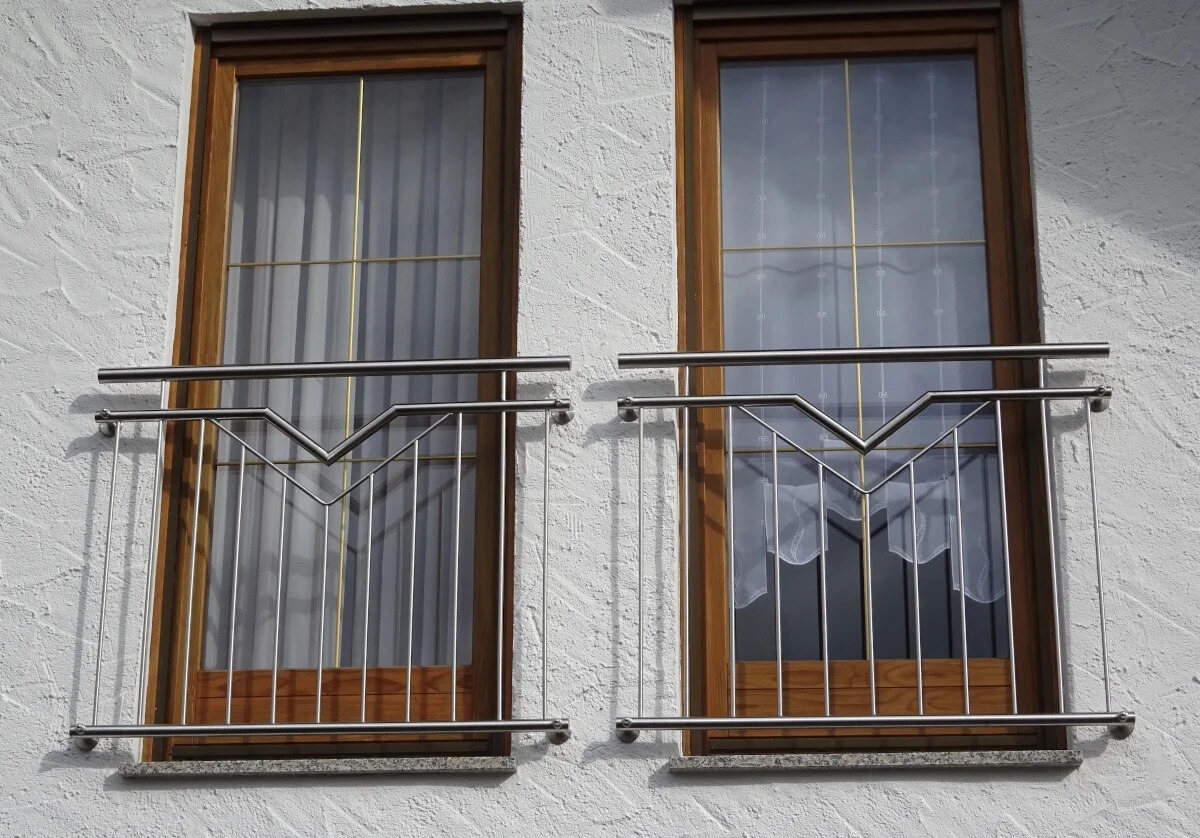
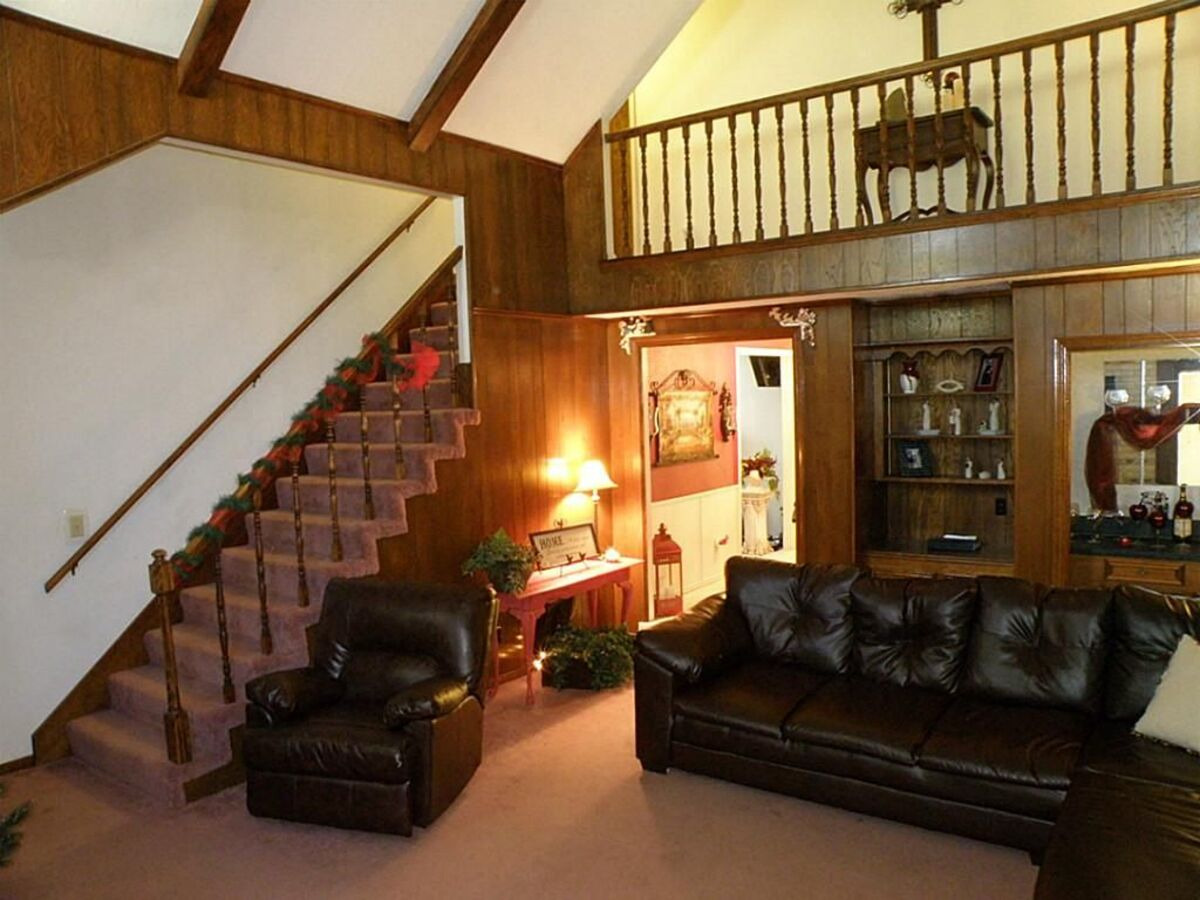
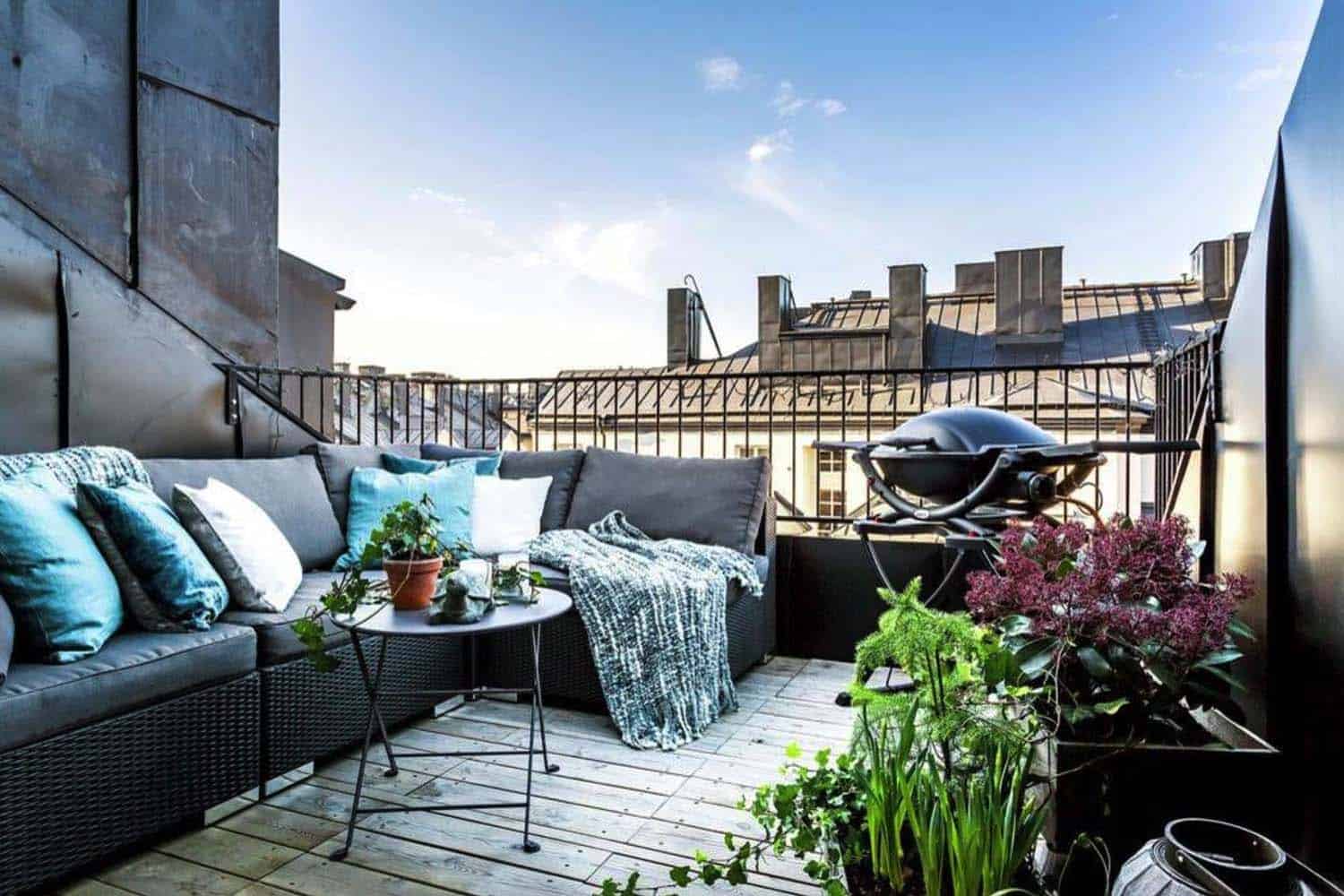
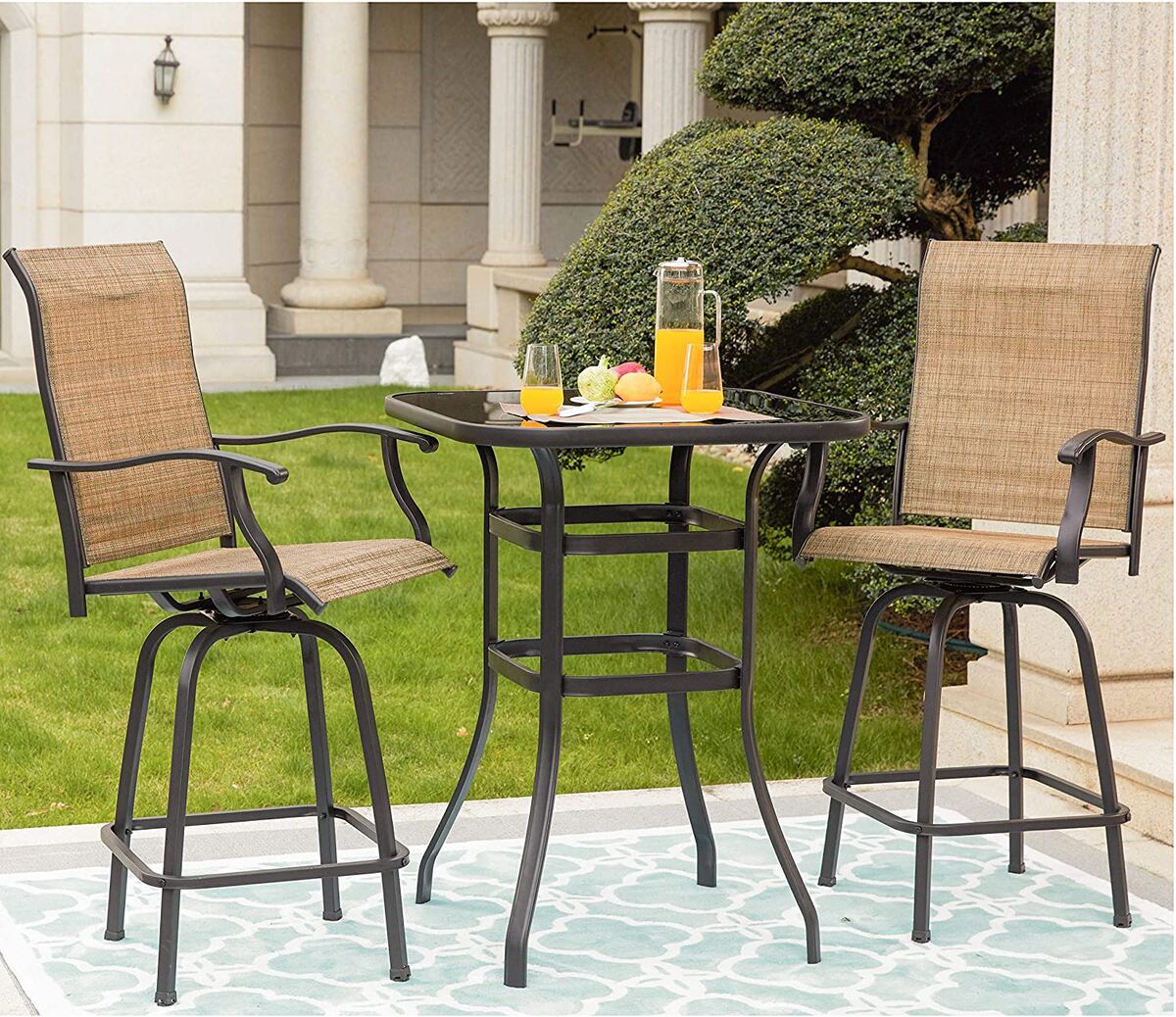
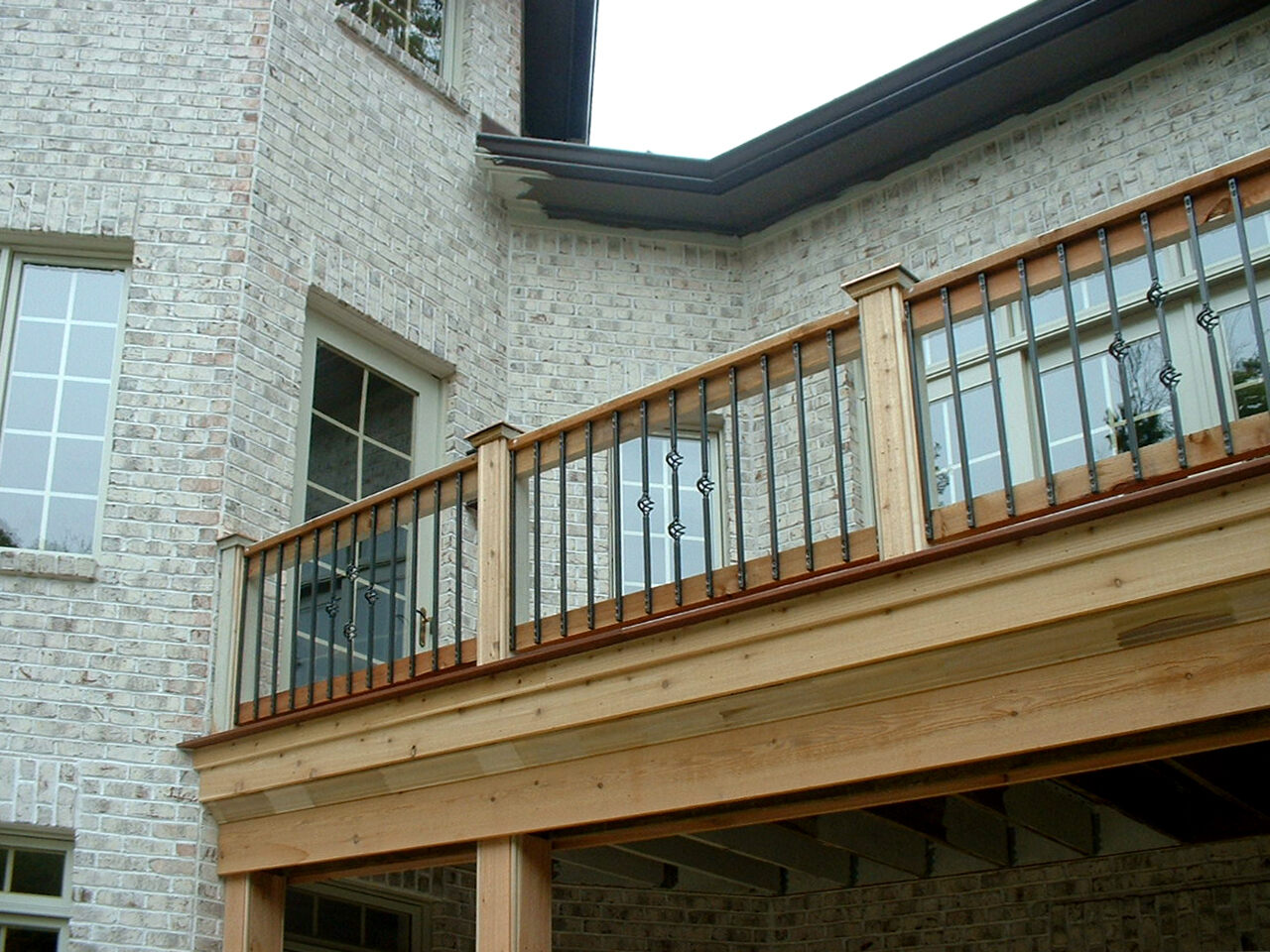
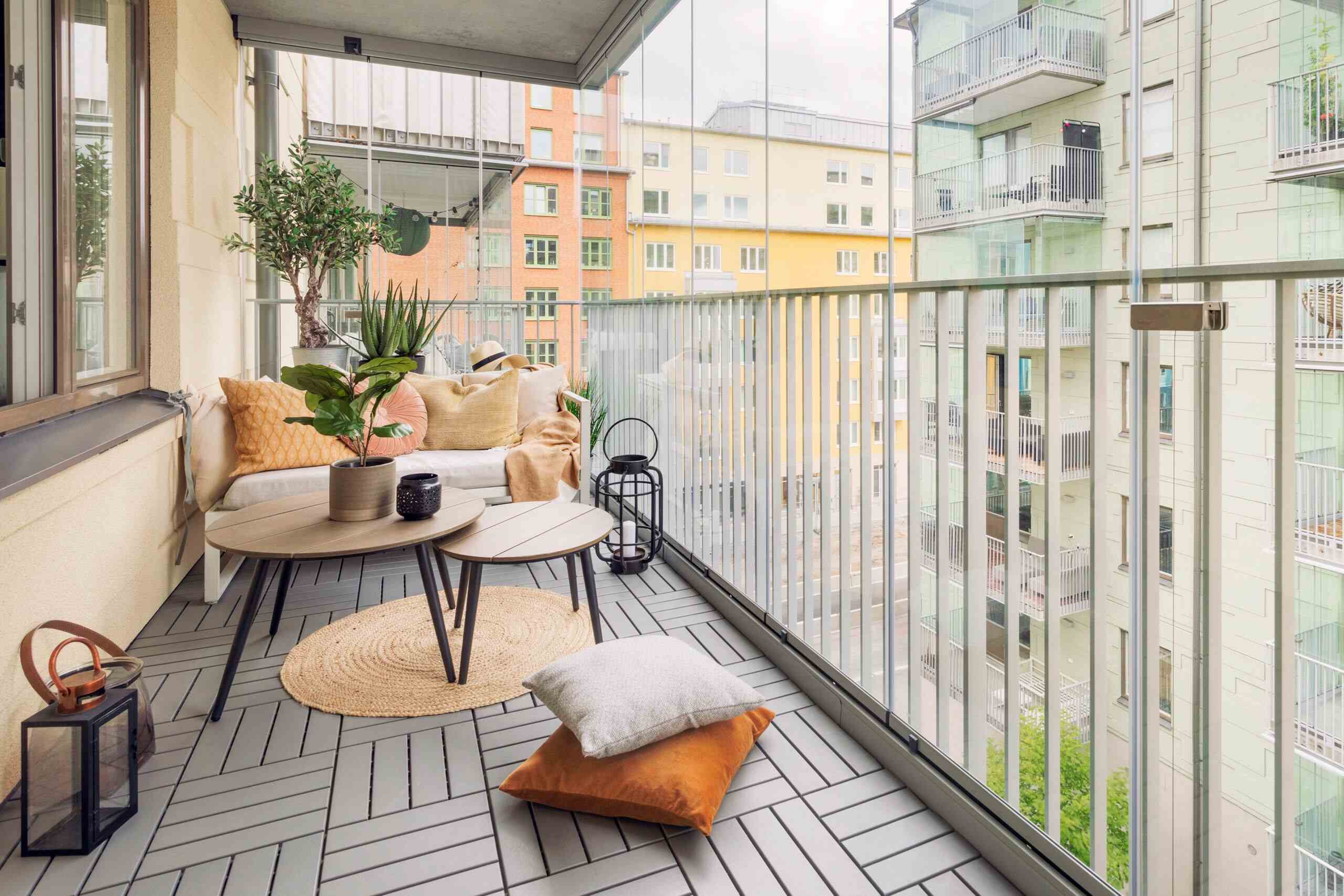


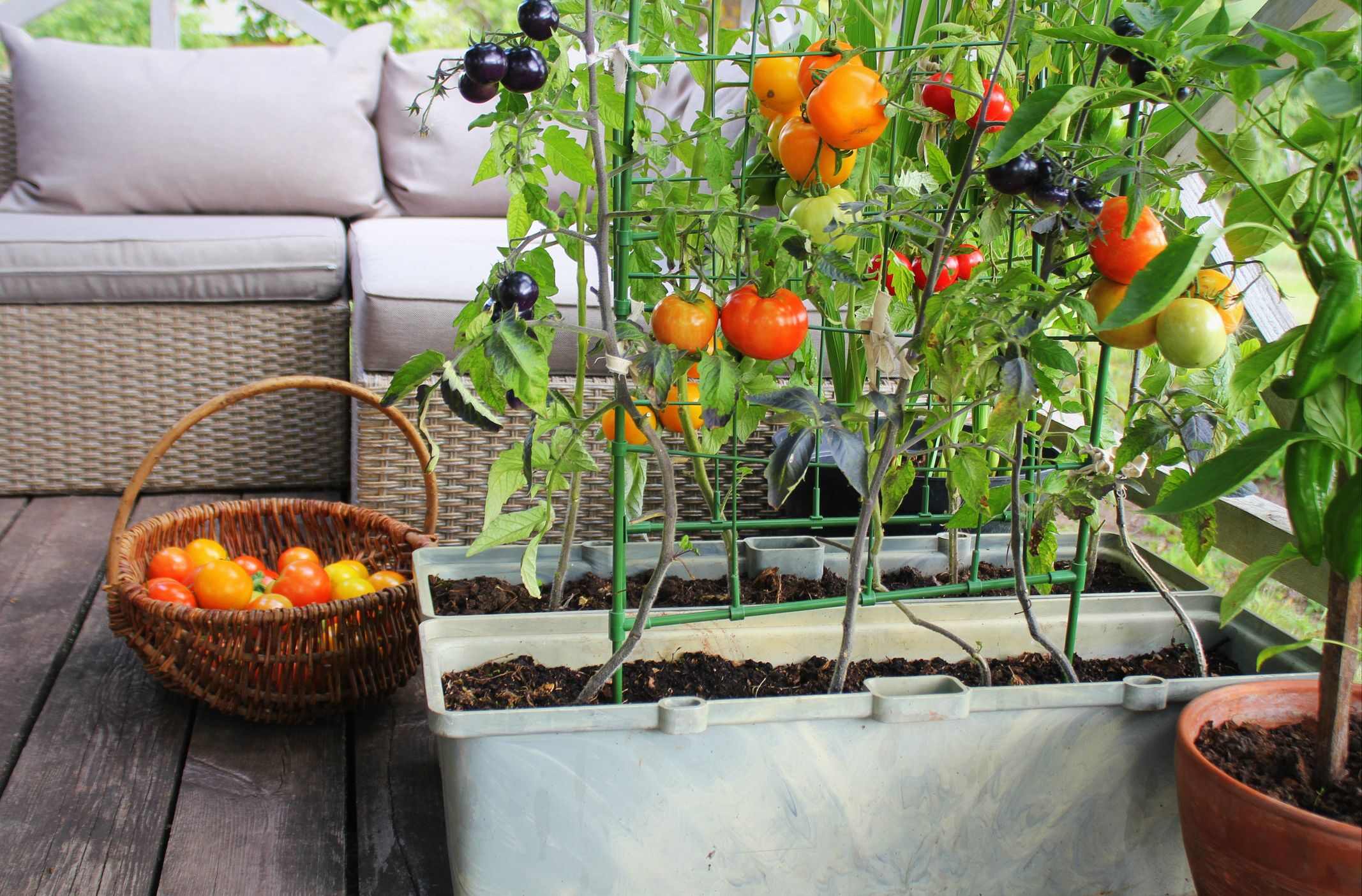

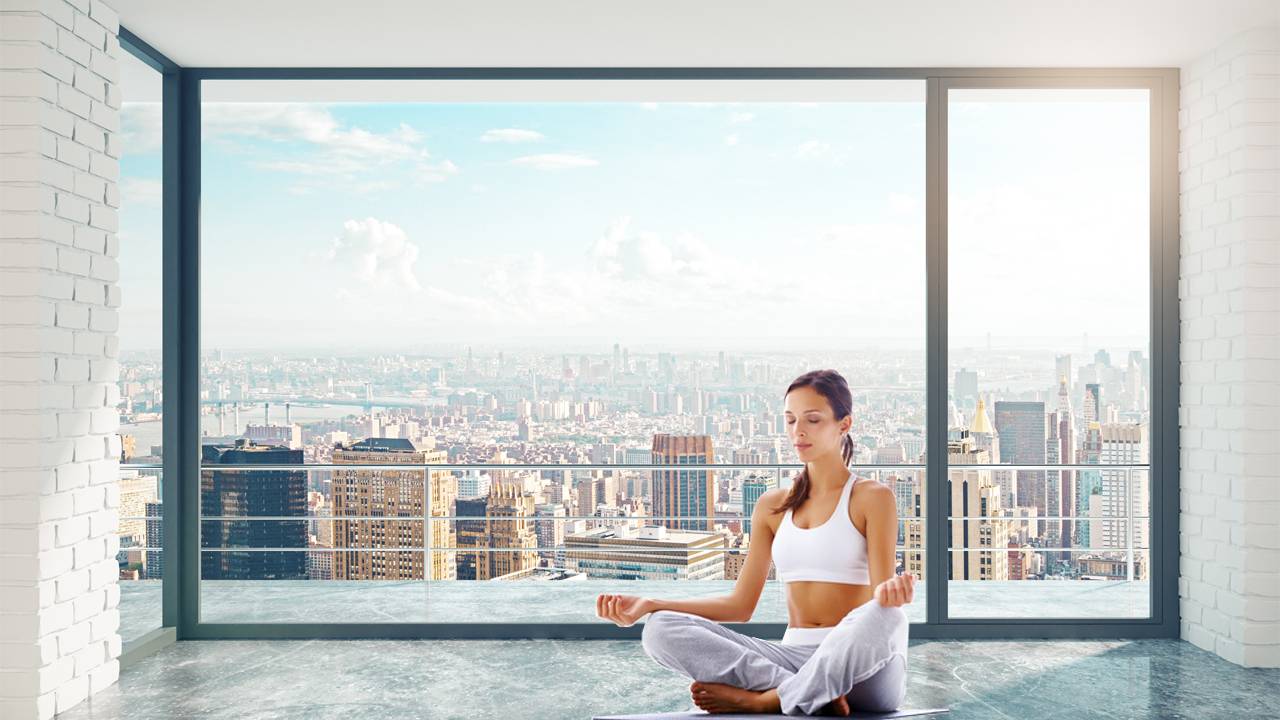
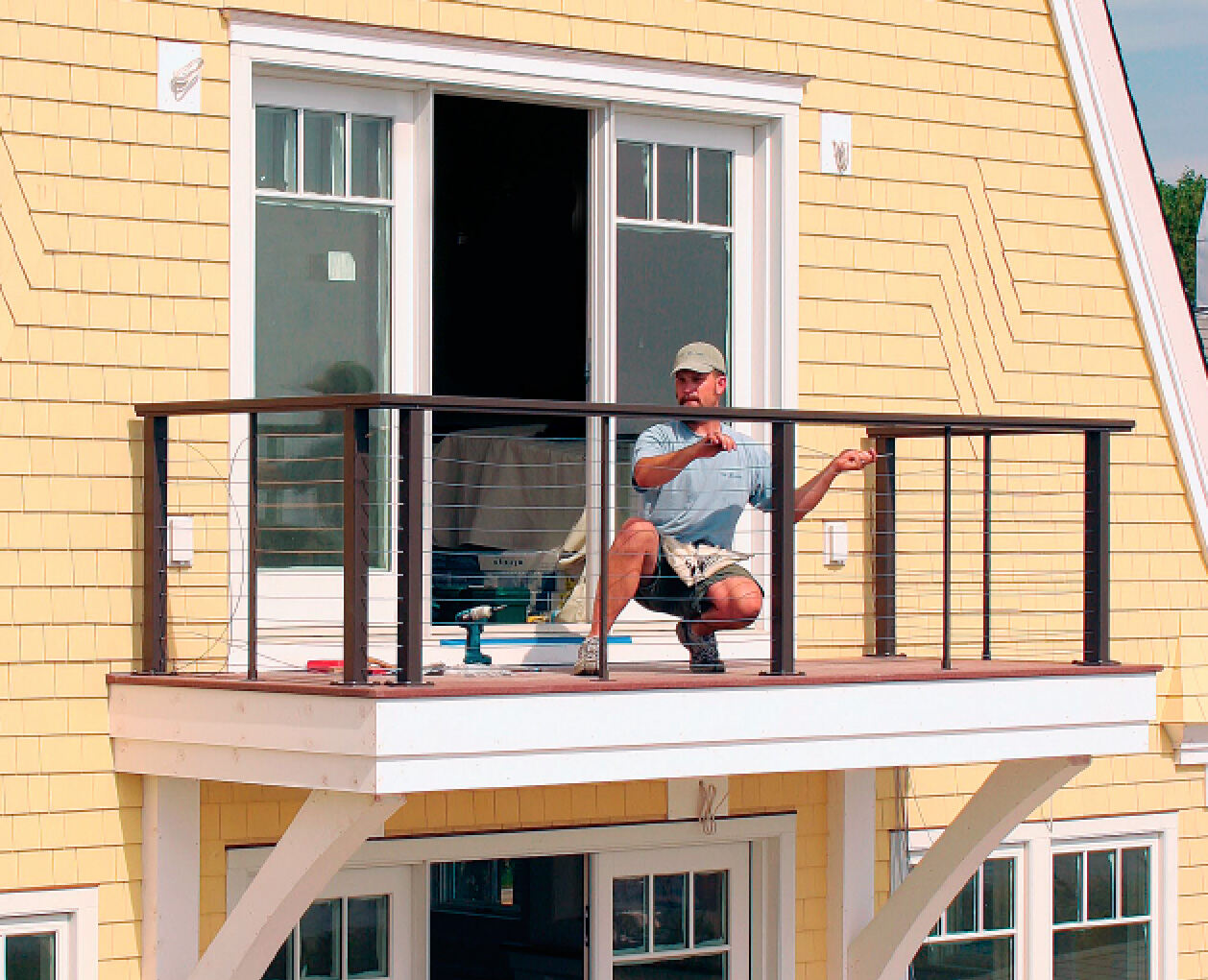
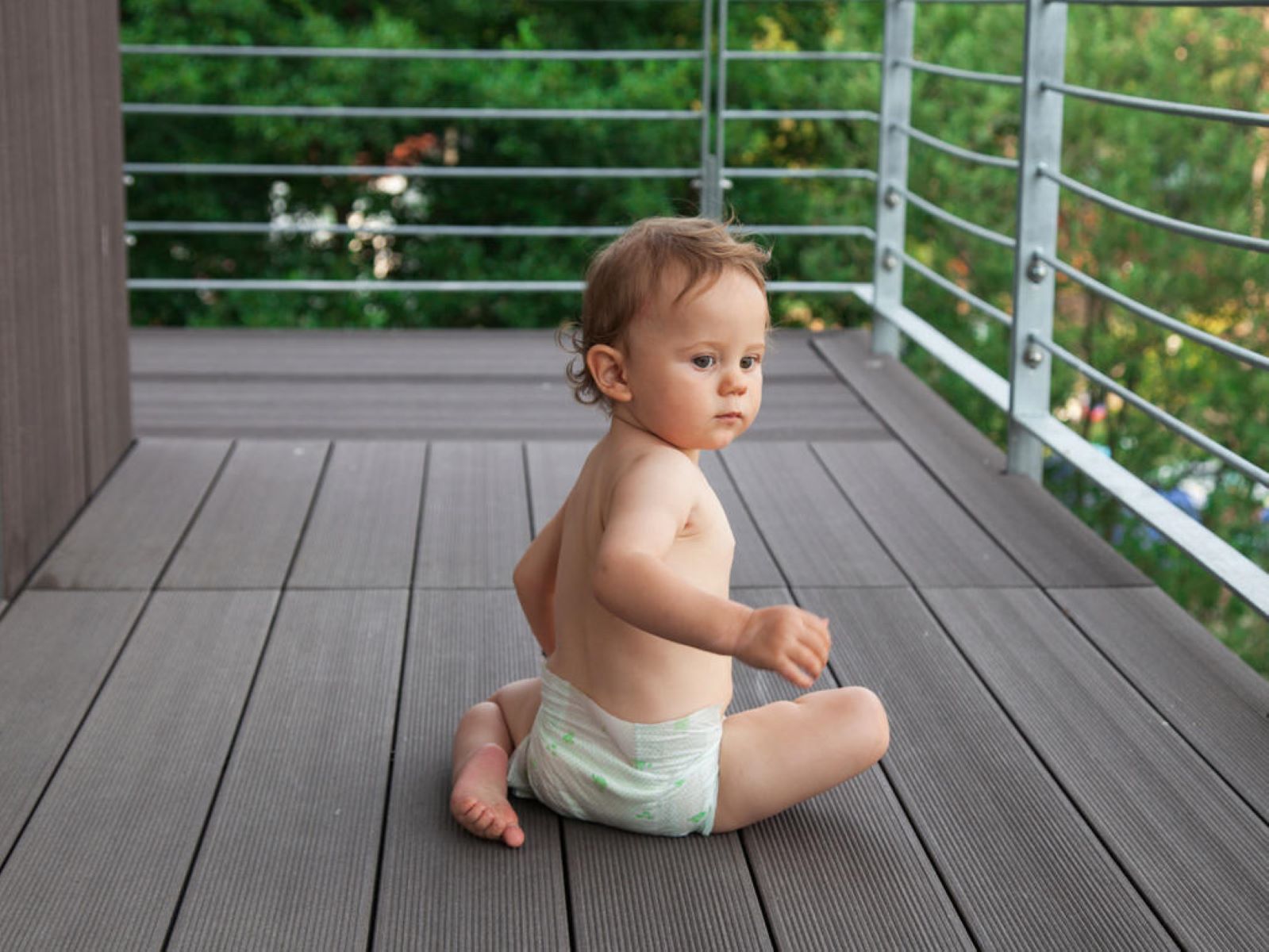

0 thoughts on “What Is A Juliet Balcony”